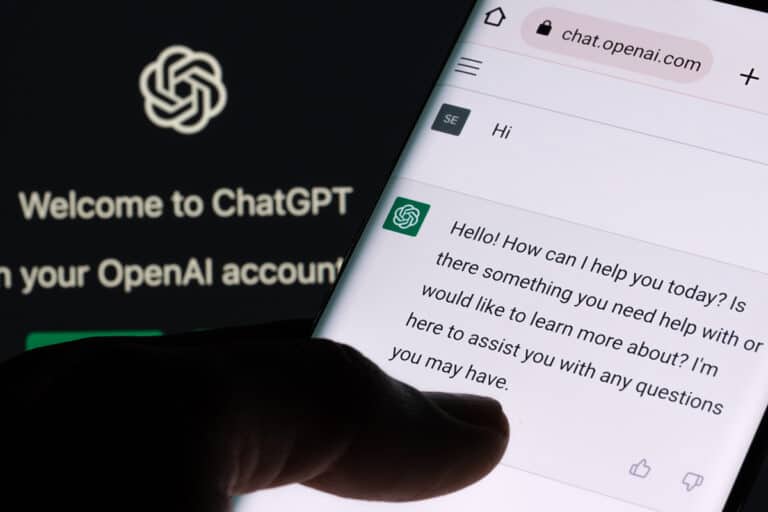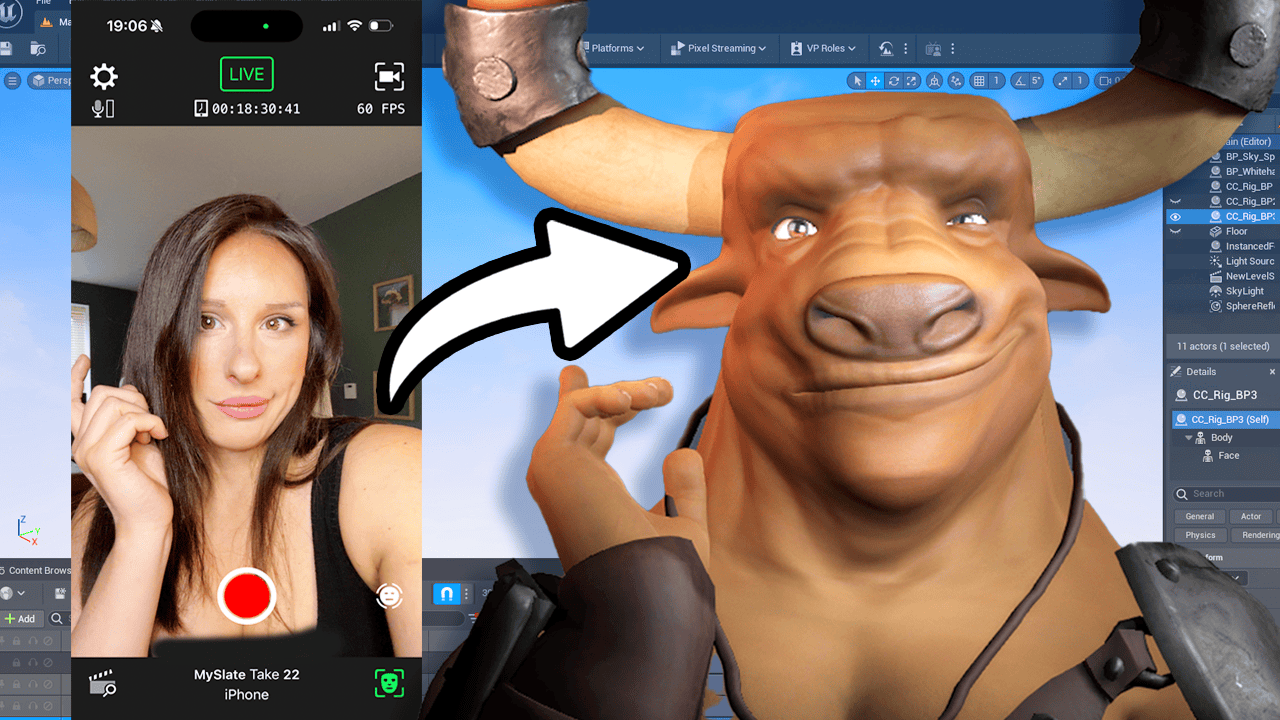ChatGPT, an advanced language model developed by OpenAI, relies on a prompt to generate its output. Whether you’re looking to generate text, dialogue, or creative writing, the prompt serves as the starting point for ChatGPT’s response. It’s essentially a statement or question that guides the output, providing ChatGPT with a specific task or question to answer.
So, what makes a good prompt for ChatGPT? The key is to be clear and specific, providing enough context and background information for ChatGPT to generate an accurate and tailored output. Consider including the following elements in your prompt:
- Topic: Specify what you want ChatGPT to write about or answer.
- Style: Indicate the desired writing style, such as formal or casual.
- Tone: Set the tone for the output, such as humorous or serious.
- Context: Provide background information or context for the task.
- Background Information: Offer additional information that may help ChatGPT generate a more detailed response.
To input your prompt, simply paste it into the small box on the ChatGPT home screen. Don’t be fooled by its appearance – you can paste detailed, multi-line prompts into the box. In fact, it may be helpful to store your prompts in a Google Doc, organized into separate documents for each prompt, for easier access.
By taking the time to craft a clear and specific prompt, you can harness the power of ChatGPT and generate outputs tailored to your needs. Whether you’re a writer looking to generate story ideas or a researcher looking to analyze data, ChatGPT’s prompt is an essential tool to help you achieve your goals.
Maximizing the potential of ChatGPT requires the crafting of clear and specific prompts. To aid in this endeavour, we’ve compiled a list of tips to keep in mind when writing prompts for this cutting-edge AI language model:
- Task Specificity: Be clear on the task or question you want ChatGPT to tackle. Instead of asking a vague question like “Write a story about a dragon,” opt for a more specific request, such as “Write a story about a friendly dragon who assists a group of lost travelers.”
- Contextualization: Providing context for the task is key. This includes details on the setting, characters, or background information related to the story or activity. For instance, if you’d like ChatGPT to pen a news article, provide information on the subject matter, such as “Write a news article about the construction of a new school in the city, including details on funding and community support.”
- Guided Language: Use specific words and phrases to steer the output in the desired direction. For example, to generate a humorous story, include words such as “funny” or “laugh” in the prompt.
- Clarity: Simple language is best. ChatGPT is an incredibly powerful tool, but it can’t read your mind, so ensure your language is easy to understand and avoid using technical terms or complex vocabulary.
- Age Consideration: Keep in mind the age and skill level of your target audience. ChatGPT’s output may not be suitable for young children or students with limited reading and writing abilities, so review the output and make any necessary changes.
In conclusion, writing effective prompts for ChatGPT requires careful consideration and attention to detail. By following these guidelines, you can unlock the full potential of this state-of-the-art AI language model.





